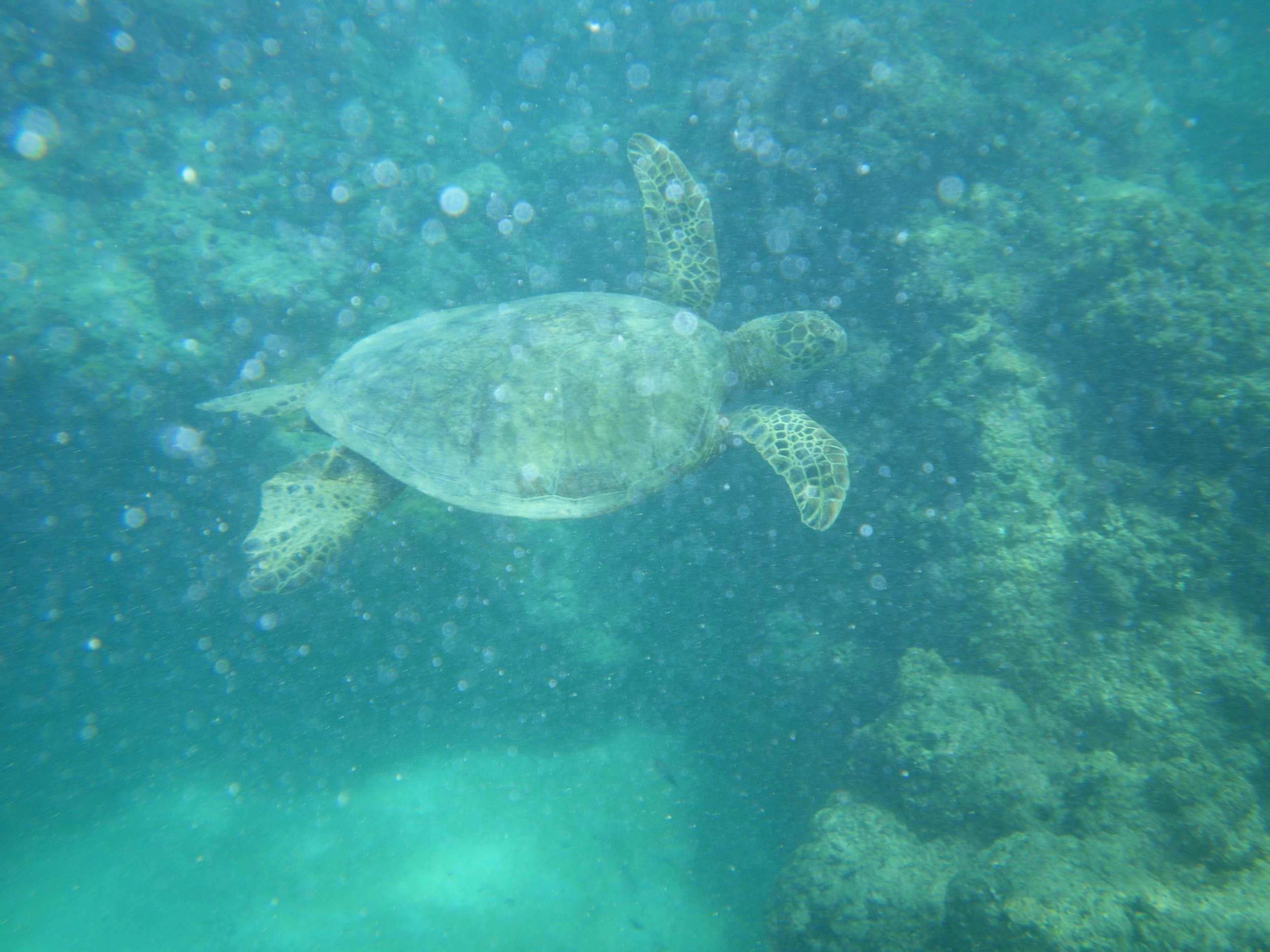In August 1999 Tim and Mark Harmon swam out to a large object in the water. It was a 67 pound sea turtle. Struck by a boat propeller, the turtle had a fractured shell, an infection and was covered in sea lice.
The lifeguards called for help. Six guards brought the turtle to shore on a paddleboard. They called the Marine Mammal Stranding Center in Brigantine. Bob Dean responded.
The Stranding Center was founded in 1978 by Dean’s parents, Bob and Sheila. They were dolphin trainers for an act at Atlantic City. They were called to rescue an old pilot whale that had beached itself. They kept it alive for a few days before it passed away from old age. The publicity around that one stranding led many others to call the Dean’s when marine creatures came ashore. Whales, dolphins, and seals were their main clientele, but they also often worked on turtles, developing new methods of setting broken shells.
The Center which is the only federally recognized center in New Jersey, saves many animals, but also performs necropsy on any mammal that washes ashore, and helps scientists understand the delicate ecosystem the animals face in the near-shore environment. Collision with boats is a major cause of injury, but sea creatures are also impacted by pollution, stress, disease, and noise. They are often sighted in cases to protect the marine environment.
Dead humpback on Sea Girt Beach
Seals rest on our shores during their migration. They are best to be left undisturbed.
The environment was also the driver in another area. The Wreck Pond Watershed was a point of discussion in the disposition of the site where the Jimmy Byrnes Sea Girt Inn was located. The six-acre site was slated for 100-unit assisted nursing care for Meridian Health, after Byrnes sold the property.
The Wreck Pond Nature Preserve in Wall west of 71, and an 1880s image of the same area.
Residents of Sea Girt and Spring Lake Heights protested the development of a 91,000 square foot facility next to the pond, and had the support of the Wreck Pond Watershed Committee. The builders would leave a 100-foot buffer. But the residents argued to the Tidelands commission that much of the property was filled in wetlands. Byrnes, in order to expand his parking to accommodate the thousands who came to his 11 bars on the property each summer weekend, dumped fill in the 60s and 70s. Sea Girt Council filed a protest with Wall Township as a landowner within 200 feet. This and Wall’s own environmental commission’s previous designation of the site being critical to the health of the brook and pond led to the three towns preserving the the land as the Wreck Pond Nature Preserve in 2000.




